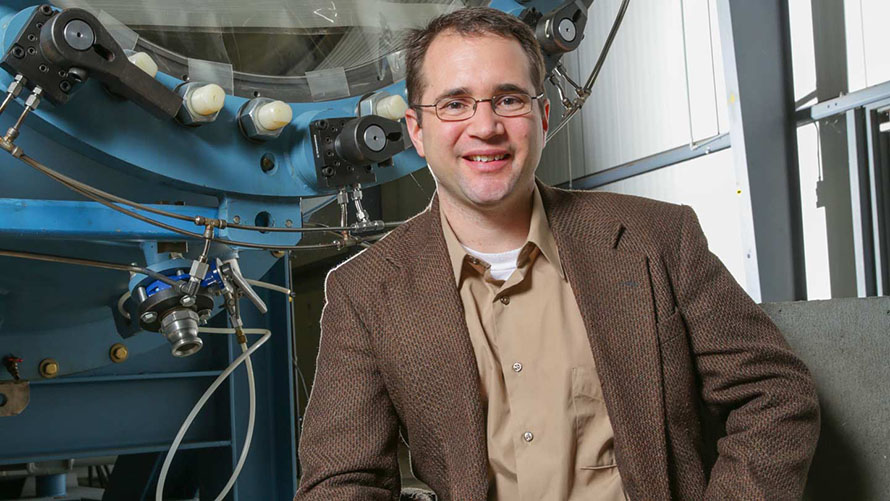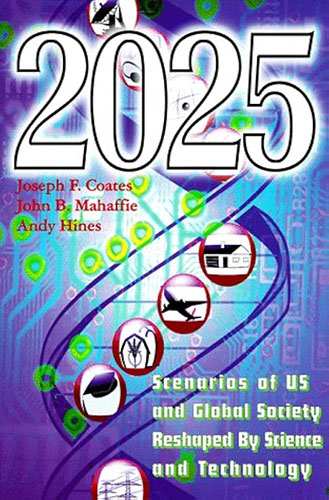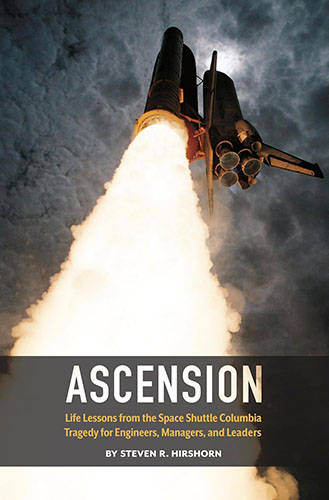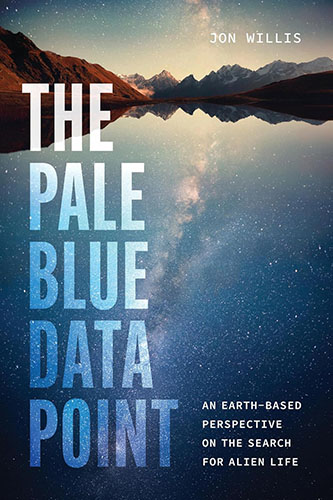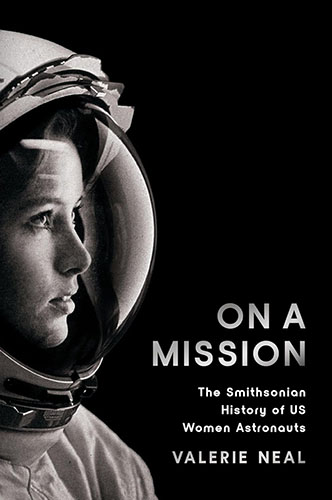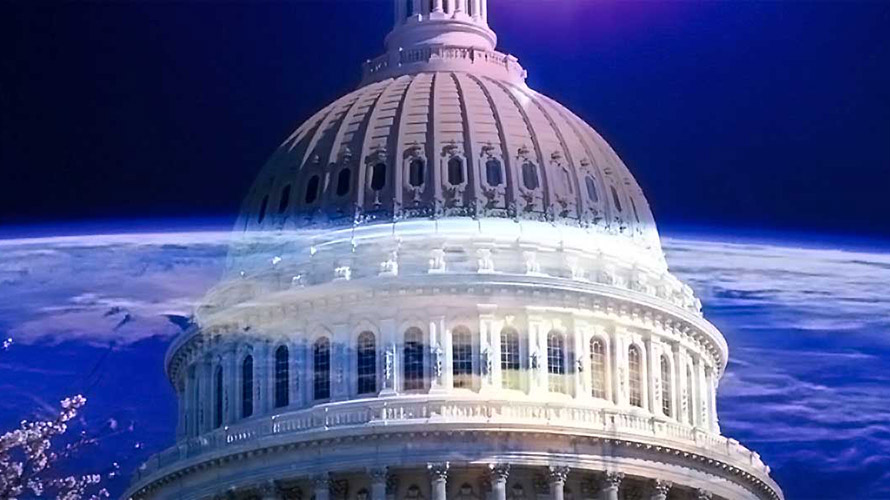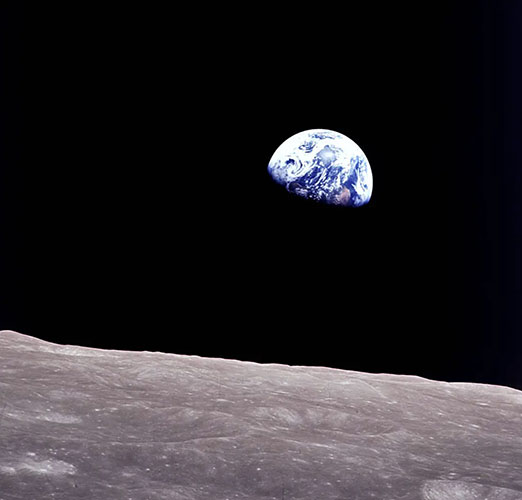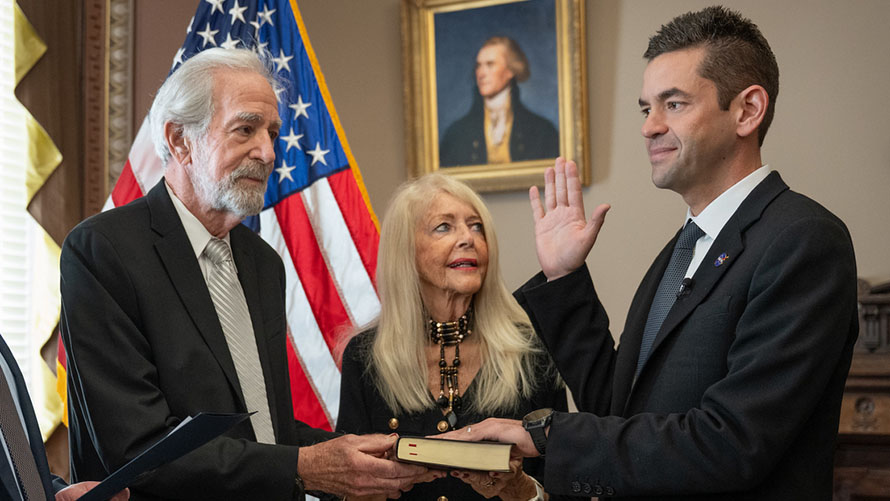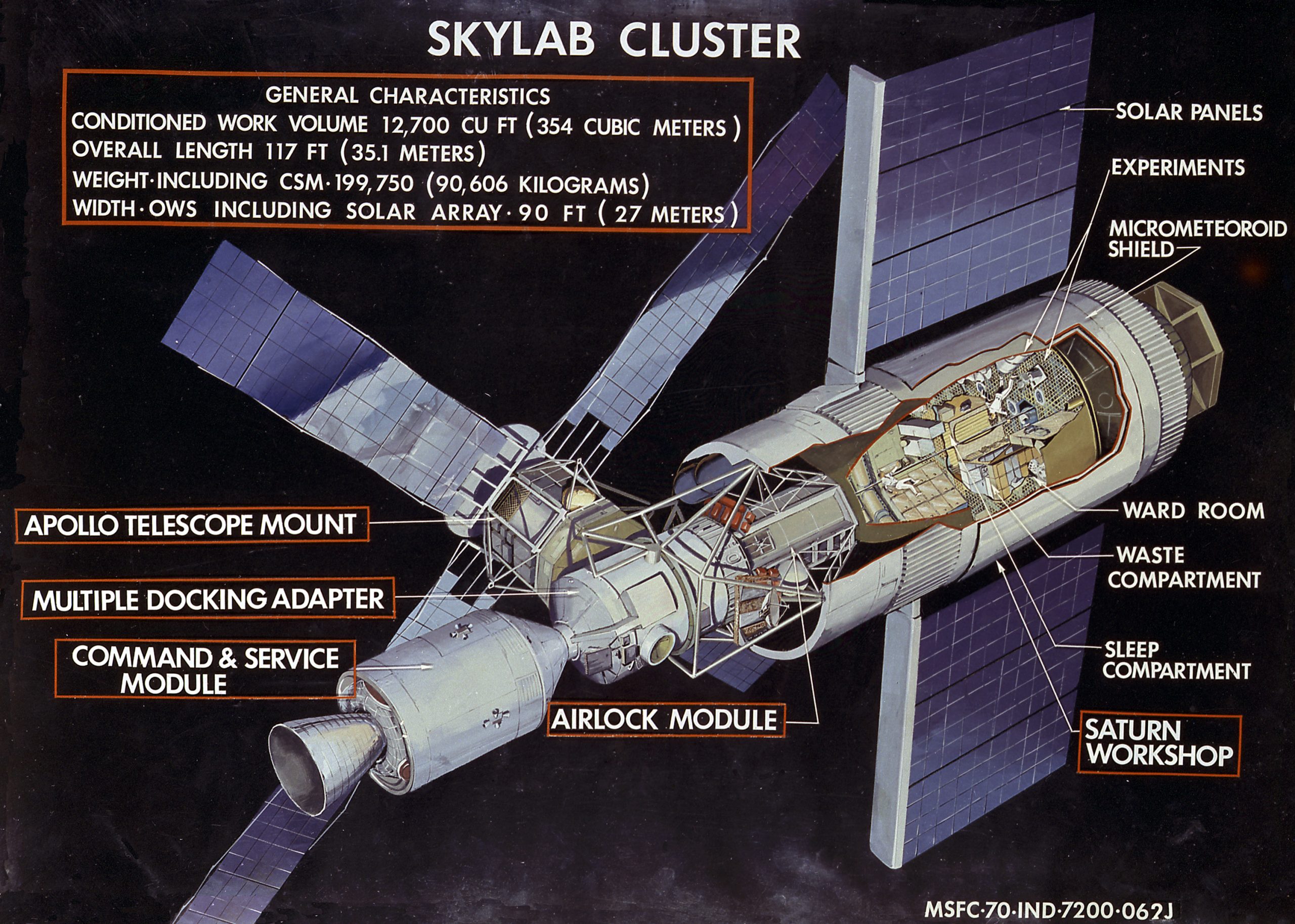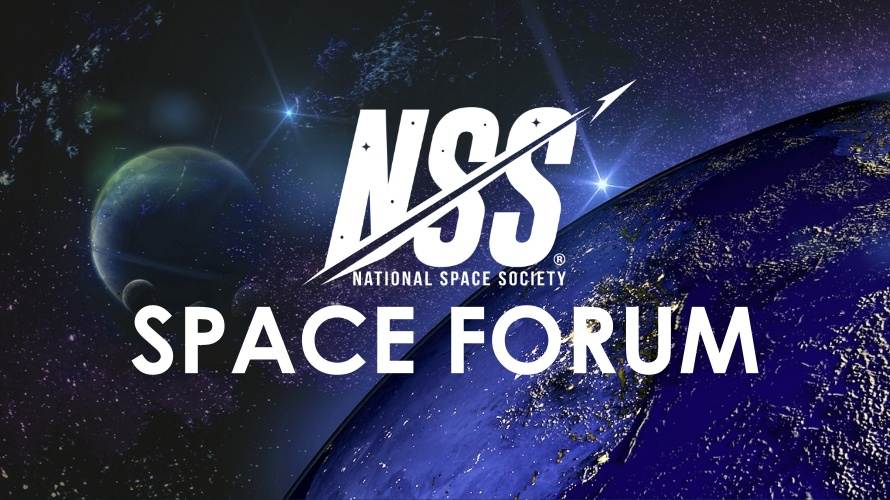By Robin Scott
Jason Cassibry image credit: Michael Mercier, University of Alabama Huntsville (UAH)
The Huntsville Alabama L5 Society (HAL5) heard a presentation by Professor Jason Cassibry on “Experiments, Modeling and Theoretical Efforts in Fission, Fusion, Artificial Gravity, and Breakthrough Propulsion.” Cassibry said the University of Alabama in Huntsville (UAH) Charger Advanced Power and Propulsion (CAPP) laboratory is focusing on training students to develop expertise with fusion sources, high-voltage applications, and advanced propulsion for the next generation. His team also researches artificial gravity, dielectrophoresis (DEP), debris remediation, and material separation and recycling.
During an eight-year collaboration with NASA while working on a pulsed power machine, Cassibry and his team of students achieved calculations and code for the pulse fission/fusion concept, which could have led to a smaller propulsion system. Now, Cassibry’s team is concentrating on their groundbreaking work on fusion power for startup companies including NearStar Fusion Inc. Cassibry discovered instead of using large pulsed compression machines for high density regimes, his team could use high magnetic fields and a lower density regime to do a hybrid between magnetic fusion energy (tokamaks) and the extreme inertial confinement fusion to make a small-scale reactor that will breakeven (the moment when plasmas in a fusion device release at least as much energy as is required to heat them). Breakeven technologies are estimated to be achieved in the 2030s.
The team’s main collaboration fusion effort is Plasma Jet Driven Magneto-Inertial Fusion (PJMIF) and a gradient field/impact fusion hybrid using a railgun that shoots a projectile 10 km/s to a chamber with NearStar. PJMIF has the advantage that its field insulates and traps electrons, so the electron energy is contained.
At the UAH CAPP laboratory, Cassibry’s team works on Sparky (a 60kJ, 40 kilovolt capacitor) and with NASA on Centrifugal Nuclear Thermal Rocket (CNTR). The CNTR utilizes uranium in a liquid state for higher power density, higher specific impulse, and faster space travel. A UAH student benchmarked code on benchtop experiments. The team is determining how hydrogen can bubble through a liquid uranium annulus and go out through the nozzle. UAH is modeling a cylindrical drum containing liquid and incoming liquid bubbles. Since their development of fusion at CAPP, the team is developing a diagnostic system to make a better source with the aid of a small business, whose owner is a former radiation safety officer. The team also works with a high voltage equipment Tesla coil and refurbishes high voltage power supplies.
Cassibry’s team has developed code for a topology that will create thrust for their research on a power producing pulse magnetic nozzle. They are determining how to turn an explosion into thrust, which is required to turn a fusion system into a propulsion system and is difficult because plasmas are hot. The system must produce electrical power to recharge the system for the next shot.
Cassibry explained DEP, which can be used in biomedical science, particle extraction, and nuclear thermal propulsion. DEP is a charge independent body force created by a gradient in an electric AC and DC field. The charge of an atom or molecule orients itself and goes toward the stronger side of the force.
DEP may be a key enabler of long duration human spaceflight by maintaining crew health and conditioning without using a rotating spacecraft design and by overcoming size restrictions of centrifugally designed spacecraft systems and mass penalties associated with existing system designs. The ability to scale gravity is needed for space mission destinations (e.g., Mars). With increasing time in space, humans may need microgravity anti-measures to overcome the negative microgravity health effects to humans, which could negatively affect the success of future space missions.
The team has made a prototype DEP setup, developed a 3D electrostatic field solver and DEP force calculator, generated about 1/3 of Earth’s gravity with a 40-kilovolt power supply, and found how to exert force on conductors by half-wave rectification of AC fields. Cassibry said arcs are the main issue with DEP because they cause the fields to stop. Cassibry’s team hopes to enable humans to have an artificial gravity environment by using a 100-kilovolt power supply for DEP.
Cassibry used his model to explain the types of propulsion needed for increasing distances in space relative to energy density of the fuel and speed of the spacecraft (i.e., delta v), which is comparable to exhaust velocity. A spacecraft with chemical propulsion could make a round trip to the Moon in a week, make a round trip to Mars in two years with refuel at the destination, but would require a very large system to go faster and further in the solar system. Nuclear technologies offer better energy density with higher specific impulse for the achievement of 1,000 second Specific Impulse (ISP). Because a trip to Mars in six months would require 2,000 to 3,000 second ISP and pushes beyond the limits of nuclear thermal propulsion, nuclear electric propulsion (requiring a decrease size of the electric system and radiators) or fusion propulsion (giving a higher specific impulse, good thrust, and appropriate delta v) would be needed. Going to stars would require antimatter, laser light craft, or warp drive.
In regards to breakthrough propulsion, Cassibry said warp speed is achieved when the vacuum of space can be expanded so that travel is faster than the speed of light. After Dr. Cassibry gave a presentation on warp drive to students, UAH student Joseph Agnew gained interest and did an excellent research article on warp drive that was well received and announced at a press release. For warp drive, Cassibry explained the problem with Einstein’s field equations for general relativity was the poor coupling between mass and space time curvature. He said in the 2021 New J. of Physics, Williams and Inan derived subsets of equations from the general relativity equation that were similar to Maxwell’s equations. Cassibry’s interest is in material properties to give an augmentation to slow the speed of light and generate a measurable gravitational field. Cassibry said their lab is positioned to test claims such as asymmetric capacitors.

